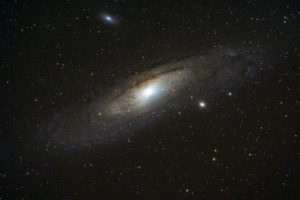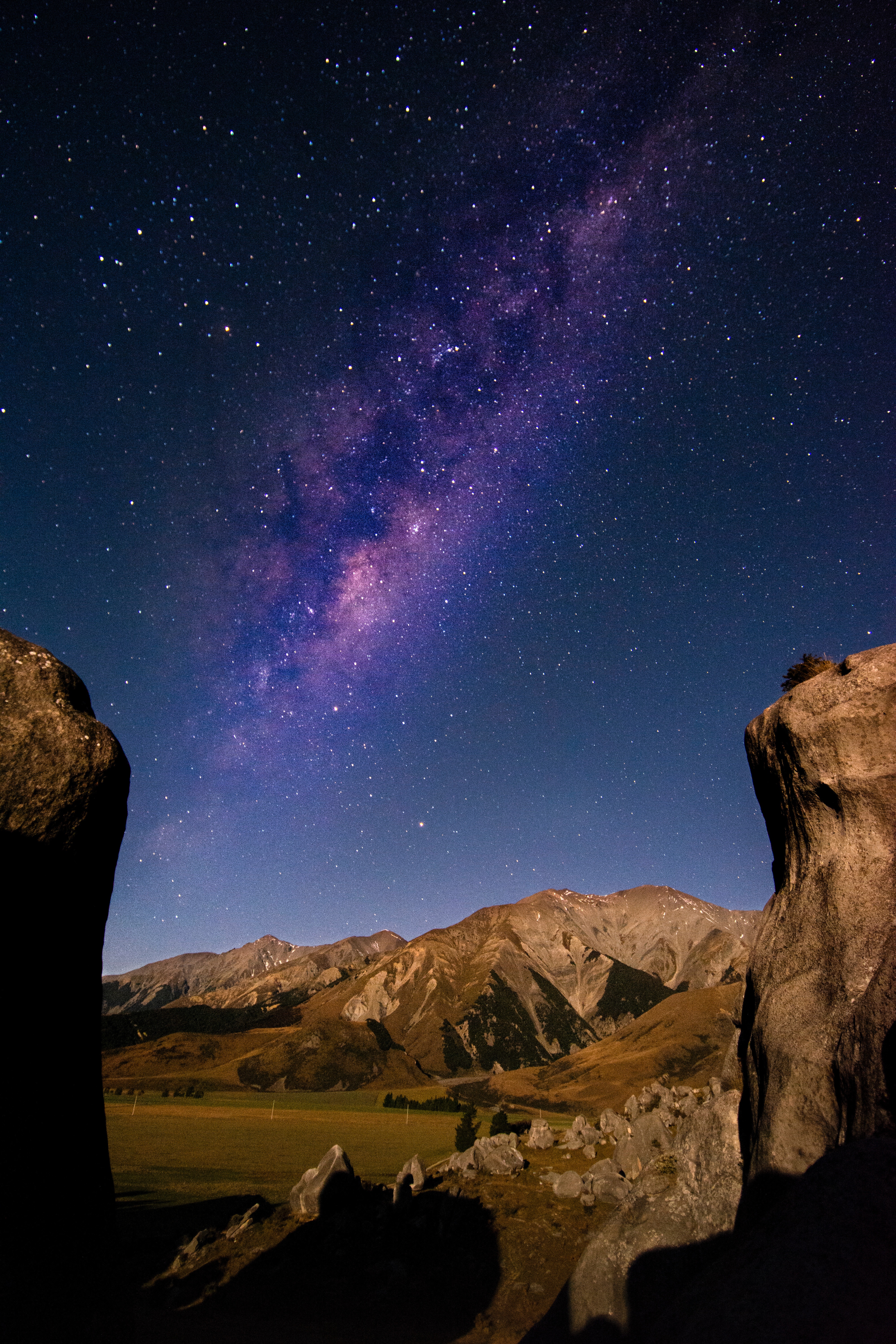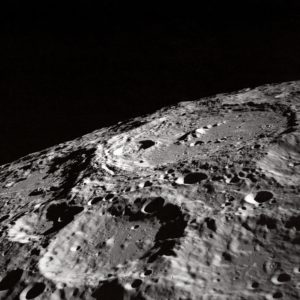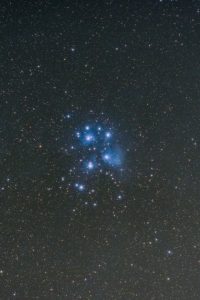“This post contains affiliate links. If you shop using these links I make a small commission, but you are never charged any extra! And as always, my opinions are completely my own.”
So your nerd has a Telescope or Binoculars
, the weather is great, the night is clear. You walk out into your dark backyard. Now what? Where do you start looking and what are you looking for? Using a telescope or binoculars, the intricacies of the Moon, Planets, and the Milky Way can be revealed to your nerd. They can even catch glimpses beyond the Milky Way.
The Moon
The first stop on any viewing tour of the skies should be the Moon. The best time to observe the moon is at twilight. The glare of the moon is not so great, and you will be able to see more detail. A pair of binoculars can reveal the details of the lunar surface such as craters and seas.
Craters
Craters are formed when meteorites or asteroids collide with the surface of the moon. Some of the larger craters are visible in binoculars. One of the main craters that you will want to find is Tycho. This crater was created when a meteor impacted the moon 2.5 million years ago. Tycho is visible at the bottom of the moon and is distinguished by white rays that extend from the crater.
Even when the Moon is in the waxing phase, when it looks just like a crescent sliver, binoculars will reveal the rest of the Moon’s surface. Other craters to search for are the giant crater Copernicus in the northwest and then the Clavius crater in the southwest.
Seas
You will see gray blotches on the moon called maria, named when early astronomers thought these lunar features were seas. The maria are not seas and are thought to have formed 3.5 billion years ago when asteroid-sized rocks hit the moon so hard that lava percolated up through cracks in the lunar crust and flooded the area of impact. These lava plains cooled and formed the gray areas that we can now see.
A few major lunar maria to look for are Mare Nectaris and Mare Fecunditatis in the southeast and Mare Tranquillitatis in the northeast.
Planets
If you want to see deep-sky objects inside our Milky Way galaxy, or outside the galaxy, you will want to avoid the moon. The best phase of the moon for looking at deep-space objects is a new phase or close to it. At the new moon phase, the moon is up during the day but not at night. You can also use binoculars to view planets.
The best way to tell if an object is a planet or a star is to know that if it sparkles, it’s a star. If it does not sparkle and appears to be stationary, it’s a planet.
Mercury and Venus. Mercury and Venus are both considered inner planets and are fairly simple to view with binoculars. Venus is a very bright planet and this can overwhelm your view. Try looking at Venus at twilight instead of true darkness to avoid glare.
Mars. This is the Red Planet and it really does look red using binoculars. Mars is a fast-moving planet but it is easy to catch it passing near another bright star or planet.
Jupiter. Jupiter is a great binocular target, even for beginners. When looking at Jupiter, you should be able to see four bright points of light near it. These are the Galilean Satellites, Jupiter’s four largest moons, Ganymede, Europa, Io, and Callisto. These four moon’s positions change from night to night as each moon moves around Jupiter in its own orbit.
Saturn. Using binoculars you will be able to see Saturn, but you will need a telescope to see Saturn’s rings. Saturn is a beautiful golden color. You may be able to see Saturn’s largest moon, Titan through binoculars.
Uranus and Neptune. Both Uranus and Neptune are easy to spot in binoculars if you have a Star Chart or map app. Uranus might look greenish because of the methane in the planet’s atmosphere. Neptune has an atmosphere that is almost identical to Uranus but does not appear green and will always look like a star.
Inside the Milky Way
Binoculars can introduce you to many members of our home galaxy. Comets will look like a fuzzy blob of light. Asteroids are easily mistaken for stars because of how bright they are. Using a map app or star chart you will be able to determine if it is a star or asteroid.
The Milky Way is made up of approximately 100 billion stars. These stars form a large disk with a diameter of about 100,000 light years. Our Solar System is about 25,000 light years away from the center of the Milky Way. It takes 250 million years for our Sun and the solar system to go all the way around the center of the Milky Way.
In the past, the Milky Way was visible from almost any location. Because of light pollution, it is now difficult to see the Milky Way in many cities and suburbs. To find the Milky Way, turn your attention to the glowing arc that should reach from the southern to the northeastern horizon. The glow will be faint and white, with slight shadows and mottling. Because of the distance, you will not be able to see colors in the Milky Way. All the shades will appear to be varying shades of gray.
A good place discovering our galaxy to start is with the star clusters that are closest to Earth.
Orion the Hunter
Orion is easiest to find in the winter. You will be looking for three bright stars in a line, that is Orion’s belt. There will be two stars above the belt, one is a giant red star, these are Orion’s shoulders. Look for Orion’s sword stars, just below his prominent belt stars. If the night is cool and clear, and you are away from streetlight glare, you should be able to see that the sword isn’t entirely composed of stars. Binoculars will show a patch of glowing gas where, right at this moment, a new star cluster is being born.
The Pleiades
The Pleiades is a small dipper-like cluster of stars that are visible in fall and spring from virtually every part of the globe. This star cluster is also called the Seven Sisters, even though most people can only see six stars here with the naked eye. Using binoculars will reveal many more stars, plus a small chain of stars extending off to one side. The Pleiades star cluster looks big because of its close proximity to Earth. The best way to locate the Seven Sisters is by locating the constellation Orion first. There are three stars in a row in Orion, which is Orion’s Belt. If you draw a line through these stars toward a bright reddish star called Aldebaran. Just a little past Aldebaran, you’ll see the Pleiades cluster.
Cassiopeia the Queen
The constellation Cassiopeia the Queen can be found high in the northeast during fall evenings, not far from Polaris, the North Star. Cassiopeia is the 25th largest constellation in the Milky Way. At any time of year, you can use the Big Dipper to find Cassiopeia. These two-star formations spin around on the opposite sides of Polaris, the North Star, once a day.
Beyond the Milky Way
There are billions of other galaxies in the Universe. Only three galaxies outside the Milky Way can be seen without a telescope. Without a telescope, they will appear as fuzzy patches in the sky. The Andromeda Galaxy is a larger galaxy that can be seen from the northern hemisphere. With binoculars alone, satellite galaxies M110 and M32 and also be seen. The other galaxies are even further away from us and can only be seen through telescopes.
Andromeda the Maiden

Andromeda is our nearest neighbor galaxy and throughout fall and winter, she reigns high in the sky of the northern hemisphere. Centered in the star pattern is an oval patch of light that is readily visible to the naked eye. Binoculars or a telescope will show it in even better detail.
Andromeda is a galaxy much like our own but almost twice the size of our Milky Way. Light from the Andromeda Galaxy takes more than 2 million years to reach us. The key to finding the Andromeda Galaxy is to look to the eastern sky below the Cassiopeia constellation. The Andromeda galaxy looks like a tiny bit of white fluff, but it is made up of over a trillion stars, which helps make it visible even to the naked eye.
M110 and M32
Going beyond Andromeda, you can also make out the two companion galaxies that flank Andromeda, M110 and M32.
Messier 110 or M110 is across from Andromeda past the bright side of the nucleus. M110 is a dwarf elliptical galaxy and is not very distinct. It may look more like a haze than a galaxy as you first identify it.
Messier 32 or M32 M32 contains mostly older faint red and yellow stars and is the brighter of the two companion galaxies. M32 is a dwarf “early-type” galaxy and can be found by identifying the three 7th magnitude stars that are near the Southern end of Andromeda.
I hope that these tips will provide for many nights of exciting viewing of the skies for you and your nerd. Happy stargazing!
If you enjoyed this post, you might also enjoy these other posts about stargazing:
Enjoying MommyNerdist? Sign up for our free newsletter today!






